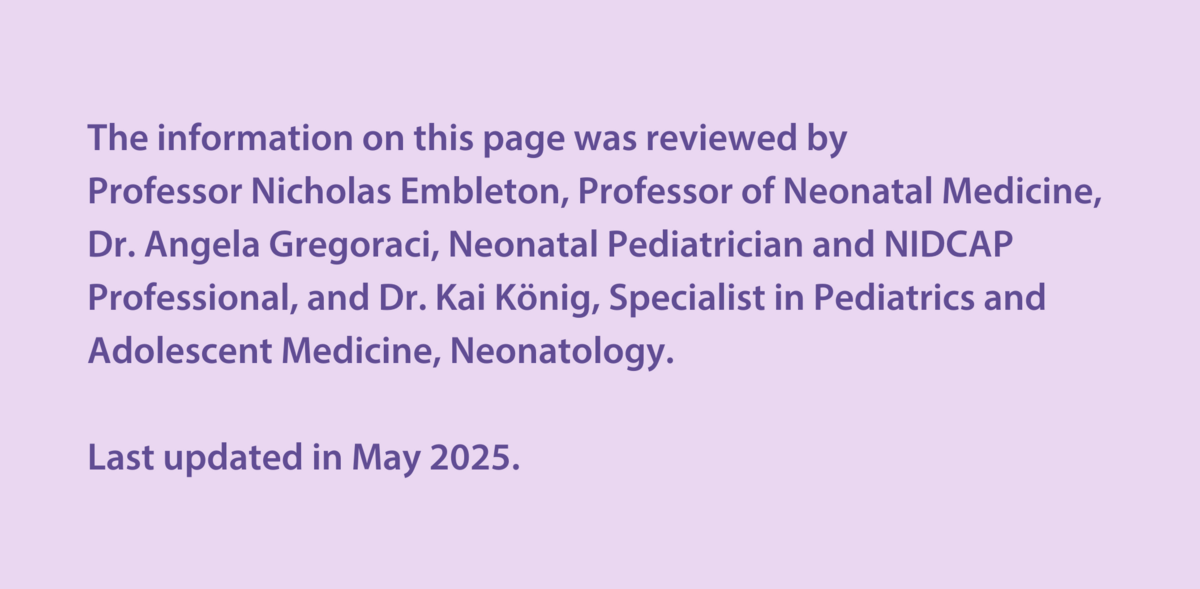When it is time to take your baby home from the neonatal unit, ensuring safe transport is essential. Most families will travel by car, whether they drive themselves or are picked up by friends or family. Here is what you need to know to ensure a safe journey home.
In many countries, it is a legal requirement that children travel in an approved car seat. A car seat for neonates should be rear-facing and securely fastened with a seatbelt or base. This also applies to short journeys, such as from hospital to home.
Anyone without a car should borrow a car seat to take their baby home from hospital by car or taxi. Most hospitals are not able to lend car seats, but social services may be able to provide one.
There are several car seat safety issues that you should be aware of. These include that the baby car seat should never be used in the front seat, especially if an airbag is installed in the front passenger seat. Second-hand car seats may not be safe if you are not aware of their history. In addition, the baby should never be left unattended in the car seat. Ideally, one person should sit beside the baby in the back of the car while someone else drives.
Selecting the optimal car seat for your baby is important. Car seat manufacturers often have models suitable for preterm or (previously) sick babies. Ask your family doctor, pediatrician⍰, or local parent support organization for advice to find the best option for your baby. Inserts for extra support and padding are available for most newborn car seats. Do not buy separate inserts that are not included with the car seat as they may not meet safety standards.
Some preterm or sick babies have a higher risk of apnea⍰, bradycardia⍰ and oxygen desaturation⍰ when sitting upright. Therefore, your baby may be tested before leaving the unit to see if they are ready to travel in a car seat. Many units carry out a so-called 'car seat challenge' (breathing and oxygen monitoring test) to check that the baby can travel safely in a car seat. If the baby does not pass this test, an infant carrier may be recommended, or discharge may be delayed.
If your baby needs medical equipment, such as oxygen, make sure it is securely placed in the car, so it won’t dislodge and harm anyone in the car in the event of a sudden stop. It is often recommended to place equipment on the floor and wedge it in with pillows or blankets to prevent movement. It is important to check your car manual before storing medical equipment under the seat, as this can interfere with airbag sensors in some cars.
If your baby has a specific medical condition, you may be eligible for a parking permit, which allows for more convenient parking. It is a good idea to speak with a social worker⍰ in the neonatal unit for more information and guidance on how to apply for one as the availability and application process for such permits can vary by region.

